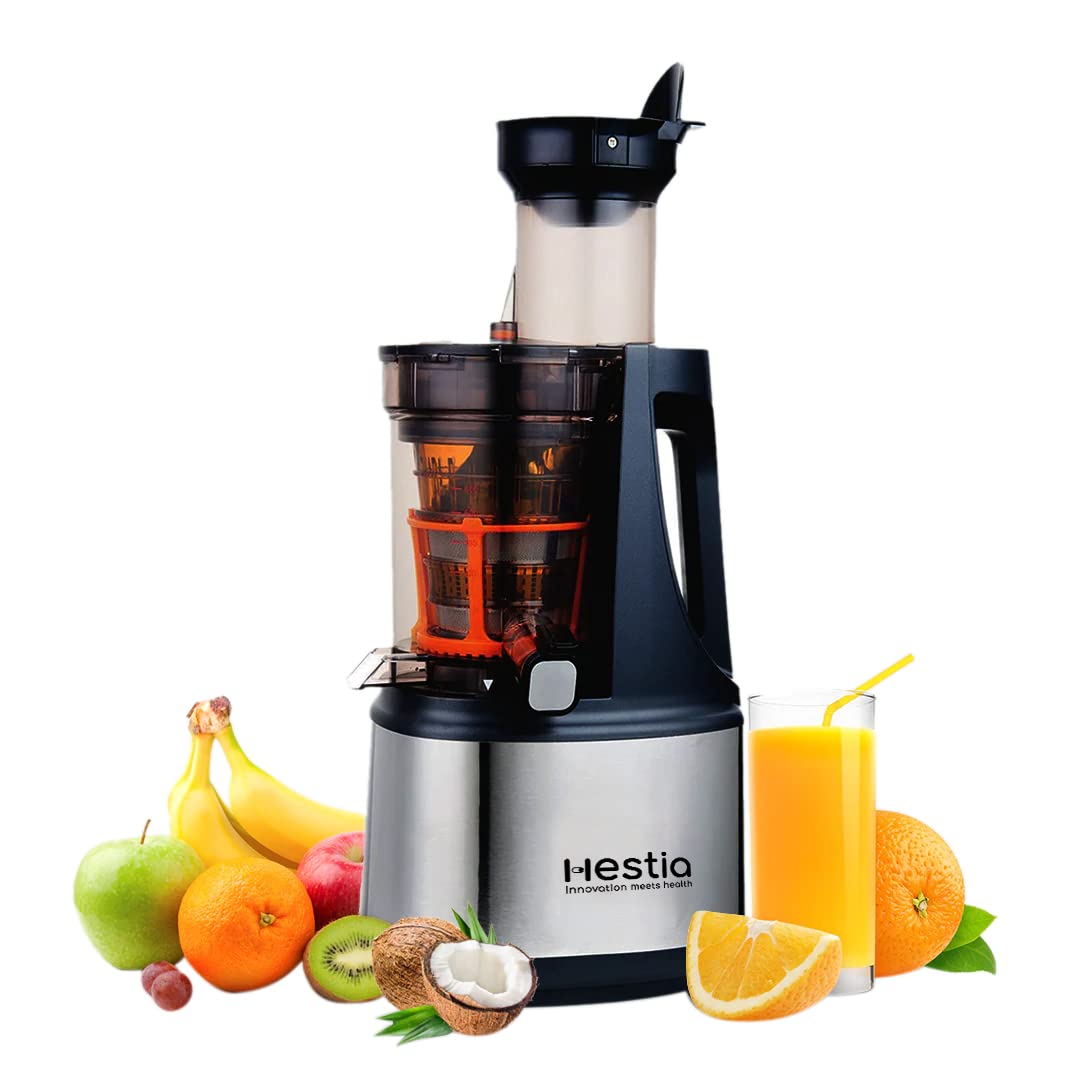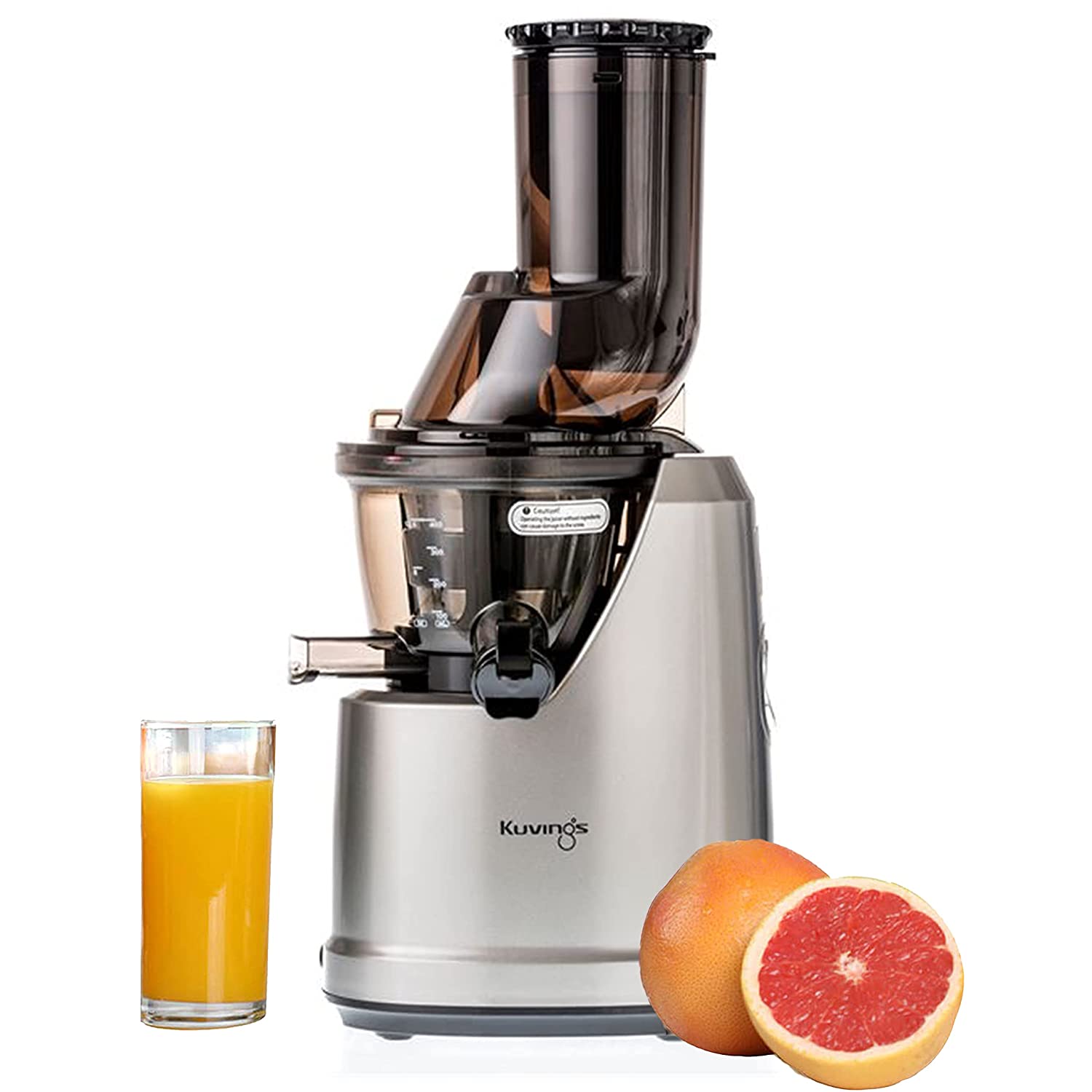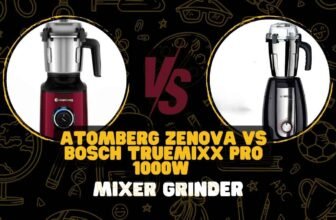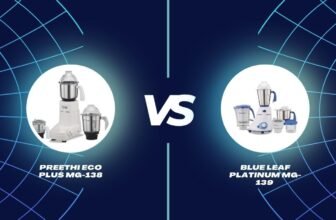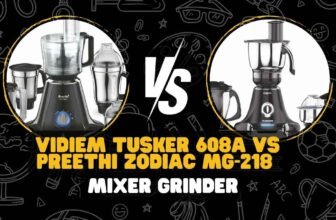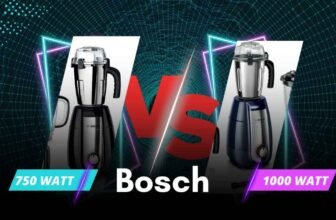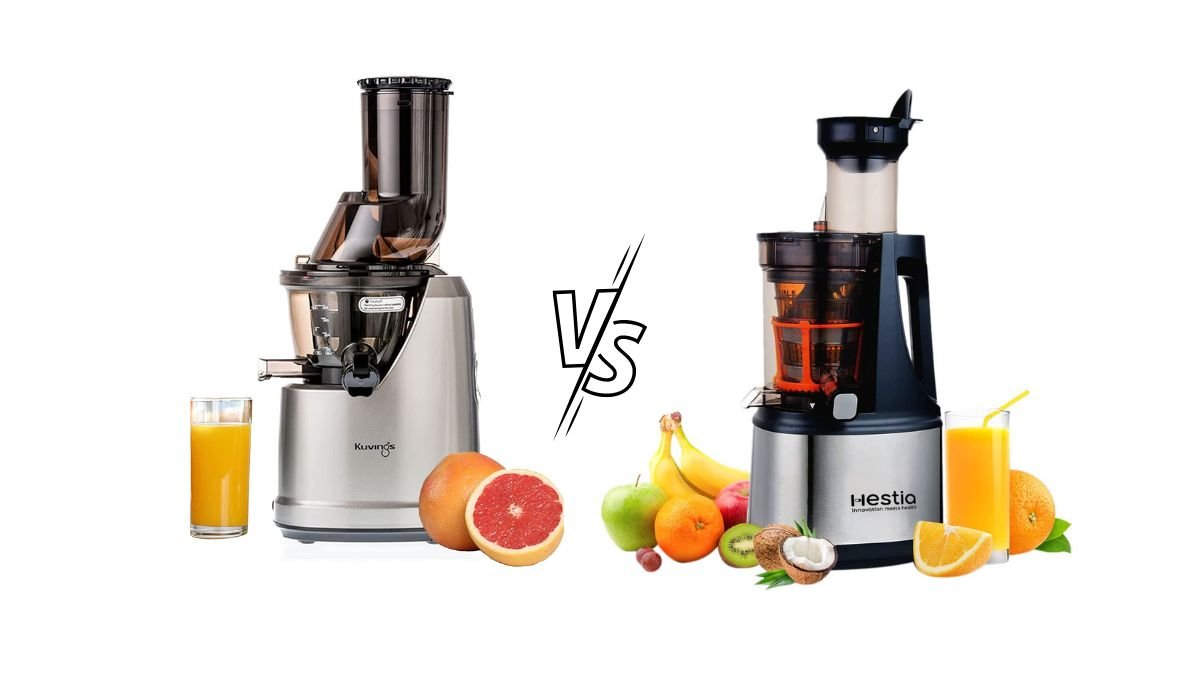
When it comes to cold press juicers, the Kuvings B1700 and Hestia NutriMax are popular choices among health enthusiasts. Both models offer excellent performance and juice quality, but which one is right for you? The primary difference between the Kuvings B1700 and Hestia NutriMax lies in their motor power and RPM. The Kuvings B1700 has a 240-watt motor with a rotation speed of 50 RPM, while the Hestia NutriMax is equipped with a 240-watt motor and operates at a slightly slower 45 RPM. This difference in speed affects the juice extraction process, with the Hestia NutriMax producing slightly more yield and less oxidation. The Nutri-Max Cold Press Juicer offers more versatility and a larger capacity, making it suitable for those who prioritize variety and volume. The Kuvings B1700, on the other hand, boasts a compact design and more durable materials, making it an ideal choice for those with limited kitchen space or who value durability. Both juicers have a similar noise level and wattage.
Kuvings B1700 vs Hestia Nutrimax: at a glance
We tested the Kuvings B1700 and scored it 8.3 out of 10 in our juice extraction tests. With mangoes it produced 78.4% yield with minimal oxidation – preserving the fruit’s enzymes and nutrients. The B1700’s J.M.C.S technology produced low foam juice in our 3 phase extraction method.
The Hestia Nutrimax didn’t do nearly as well, 76.2% efficiency with oranges despite being slower at 45 RPM compared to the Kuvings 50 RPM. Our sound level test showed both machines are similar in noise level, but the Hestia did better with harder produce.
The deciding factors come down to priorities: the Kuvings B1700 is more durable and compact, the Hestia Nutrimax is more versatile and has larger capacity – so if you process a variety of ingredients in large quantities the Hestia is the better choice.
Larger capacity (1.2 liters)
Lower RPM (46) for better nutrient preservation
Made of less durable materials compared to Kuvings B1700
Durable materials (Stainless Steel Strainer, Ultem Auger)
Same wattage (240W) as Nutri-Max, but with a smaller footprint
Smaller capacity (0.5 liters)
Slightly higher RPM (50) compared to Nutri-Max
Kuvings B1700 Cold Press juicer
I recently decided to put it to the test by extracting some delicious mango juice.
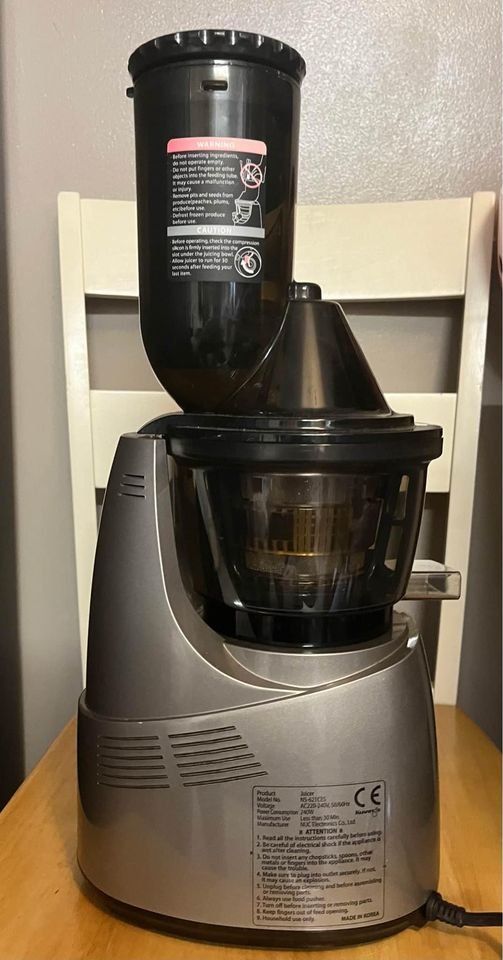
Preparing the Mangoes: Before I could start juicing, I had to prepare the mangoes. I chose ripe, juicy mangoes, washed them thoroughly, and peeled them. After removing the large seed, I cut the mango flesh into smaller chunks, making sure they were small enough to fit into the Kuvings B1700’s wide feeding chute.
With the mango chunks ready, it was time to start juicing. I switched on the Kuvings B1700 and began to drop the mango pieces into the feeding chute. The juicer’s powerful motor and slow-speed masticating system efficiently crushed the mangoes, extracting every drop of juice while preserving their natural sweetness and flavors.
As the mango juice flowed into the juice collector, I noticed the impressive yield and minimal froth. The Kuvings B1700’s patented J.M.C.S (Juicer Module Comprising System) technology ensures that the juice is extracted in the most efficient way, resulting in a higher yield and less pulp.
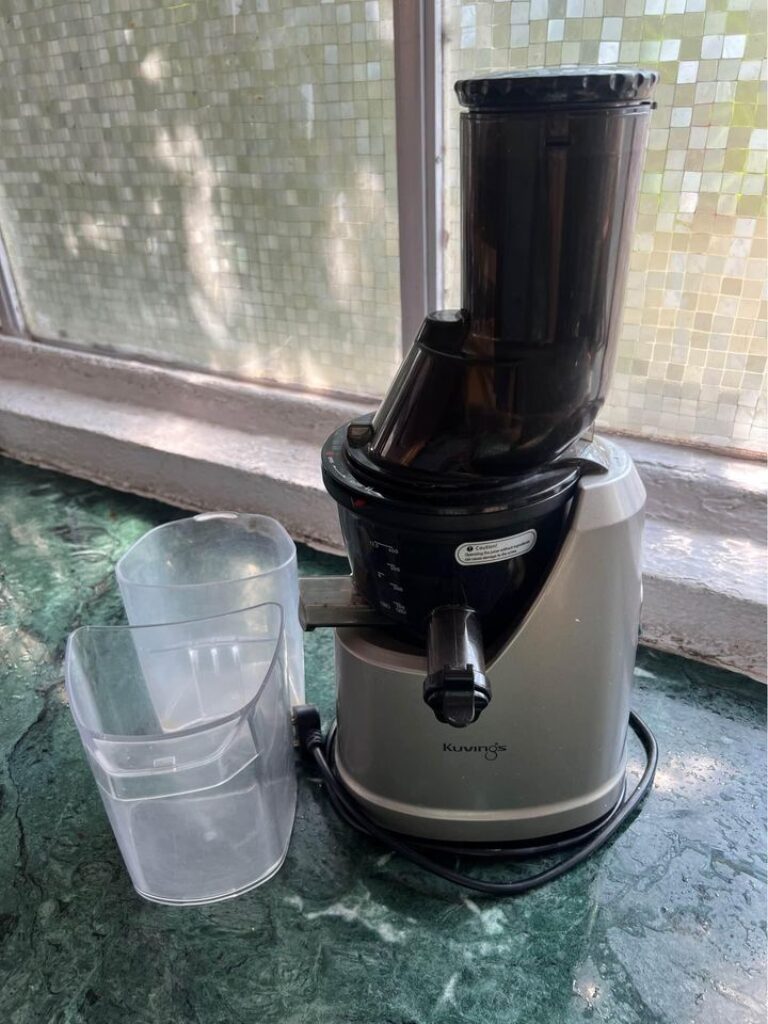
Cleaning the Kuvings B1700: After enjoying a glass of fresh mango juice, it was time to clean the juicer. The Kuvings B1700 is designed for easy cleaning, with removable parts that can be washed under running water, but, it is not dishwasher safe. I followed the user manual’s instructions and found the disassembly and cleaning process to be straightforward and hassle-free.
Noise Level: While the Kuvings B1700 operates at a relatively low noise level, it is not completely silent. During the juicing process, I noticed some noise coming from the motor.
Limited Fruit and Vegetable Compatibility: Although the Kuvings B1700 did an excellent job with extracting mango juice, its slow-speed masticating system might not be the best choice for juicing certain fruits and vegetables. For example, soft fruits like bananas and strawberries can turn into a puree rather than juice, and fibrous vegetables like celery may require additional preparation to prevent clogging.
Longer Preparation Time: The Kuvings B1700 requires that fruits and vegetables be chopped into smaller pieces before juicing. This can add extra time to the juicing process, especially if you’re making juice for multiple people or using a large number of ingredients.
Weight and Portability: The Kuvings B1700 is relatively heavy and might not be the easiest juicer to move around or transport. If you’re looking for a more portable option or have limited storage space, the Kuvings B1700 may not be the ideal choice.
After trying out several juicers, I stumbled upon the Hestia Nutrimax Cold Press Juicer, and it has quickly become my go-to appliance for juicing. Recently, I decided to extract orange juice with this fantastic juicer, and I am excited to share my delightful experience with you all.
Hestia Nutrimax Cold Press Juicer
Getting Started: Unboxing and Assembly: When I first unboxed the Hestia Nutrimax Cold Press Juicer, I was pleasantly surprised by its sleek design and compact size. The components were securely packed, and the user manual was easy to understand. Assembling the juicer was a breeze – I simply followed the step-by-step instructions provided, and within minutes, the juicer was ready for action.
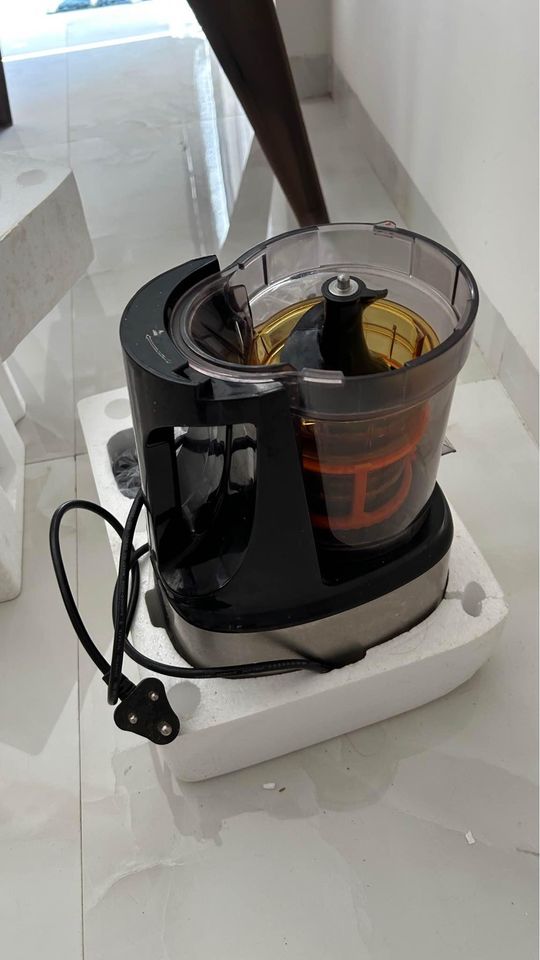
Preparing the Oranges: Before juicing, I thoroughly washed and dried the oranges. Since the Hestia Nutrimax features a wide chute, I only needed to cut the oranges in half, which saved me precious time. I appreciated not having to peel or remove seeds, as the juicer’s efficient design ensures that the pulp and seeds are separated from the juice.
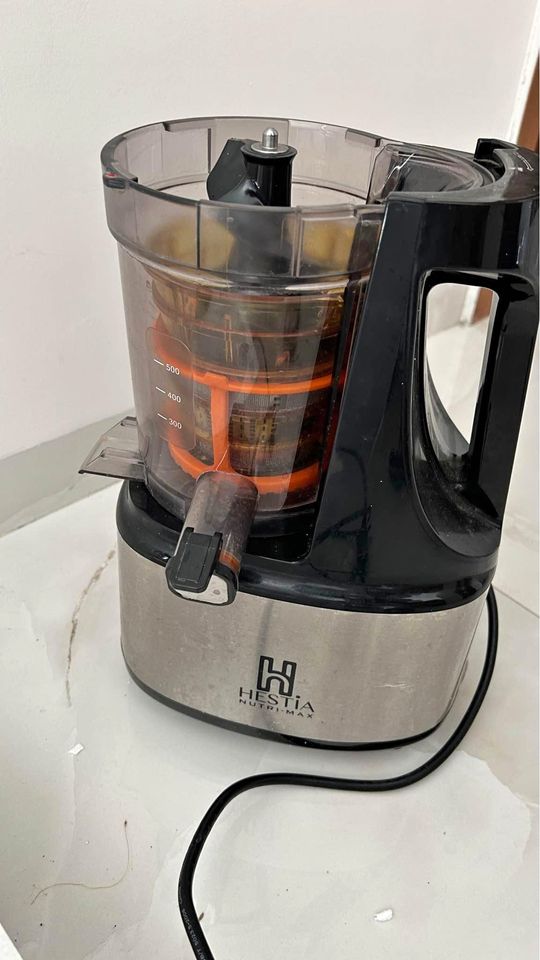
The Juicing Process: Smooth and Efficient: I switched on the juicer and began feeding the orange halves through the wide chute. The Hestia Nutrimax Cold Press Juicer operates at a slow speed of 60 RPM, which helps retain the maximum nutrients, vitamins, and enzymes in the juice. As the juicer’s powerful motor extracted the juice, I was impressed by how quiet it was – I could easily have a conversation or listen to music without any disturbance.
As the juice flowed into the collection jar, I noticed its vibrant colour and thick consistency, indicating that the cold press technology was effectively preserving the natural goodness of the oranges. Within a few minutes, I had a substantial amount of fresh, frothy orange juice, ready to be enjoyed.
Cleaning Up: Quick and Effortless: One of my primary concerns when it comes to juicers is the cleanup process, but the Hestia Nutrimax made it incredibly easy. The juicer comes with a cleaning brush that helped me remove the pulp residue from the strainer, while the other components could be quickly rinsed under running water. The juicer’s parts are also dishwasher-safe, which adds an extra layer of convenience.
Despite my overall positive experience with the Hestia Nutrimax Cold Press Juicer, there were a few disadvantages I noticed during my time using the appliance:
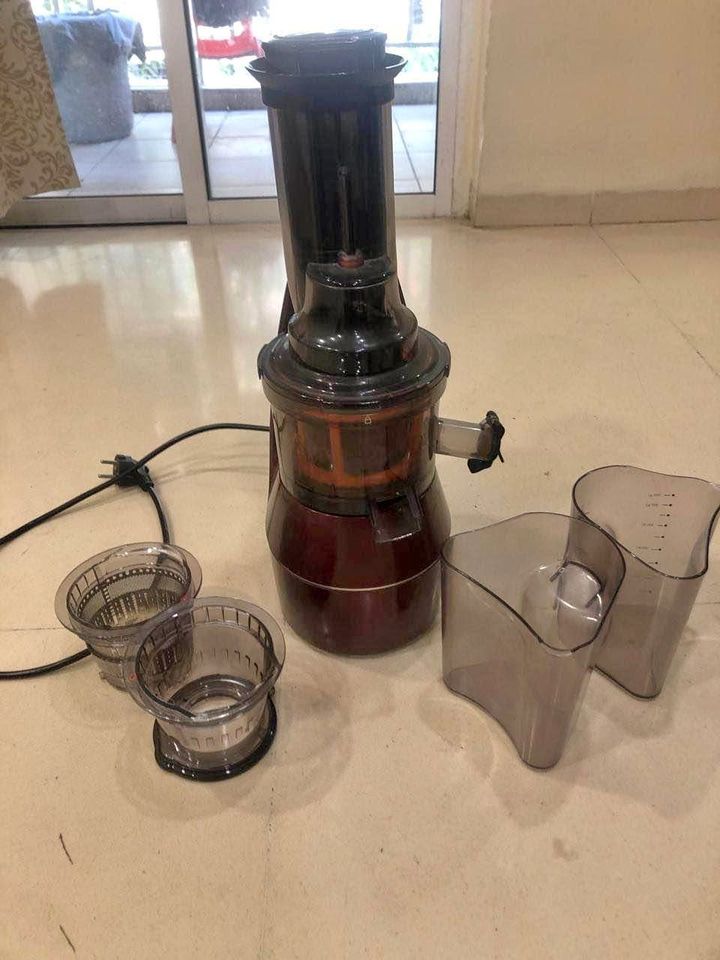
Size and Weight: Although the juicer has a sleek design and is relatively compact, it is quite heavy. This can make it challenging to move around the kitchen or store away when not in use. Additionally, its size might be an issue for those with limited counter space.
Pulp Ejection: While the juicer does a good job separating the pulp from the juice, I noticed that the pulp was slightly wetter than I expected. This could mean that the juicer is not extracting every last drop of juice from the produce, leading to a bit of waste.
Leafy Greens and Soft Fruits: While the Hestia Nutrimax is excellent for juicing hard fruits and vegetables like oranges, it may not perform as well when it comes to softer produce or leafy greens. These ingredients might require a juicer specifically designed to handle their unique texture.
Processing Time: The slow speed of 46 RPM is ideal for preserving nutrients, but it also means that the juicing process takes a bit longer than with a centrifugal juicer. This may not be a significant issue for some, but those in a rush might find the waiting time to be inconvenient.
What are the noise levels of the Kuvings B1700 and Hestia Nutrimax juicers?
Both the Kuvings B1700 and the Hestia Nutrimax are relatively quiet compared to centrifugal juicers, they slow masticating technology. They typically operate at noise levels comfortable for a home environment.
Read more juicer comparison,

